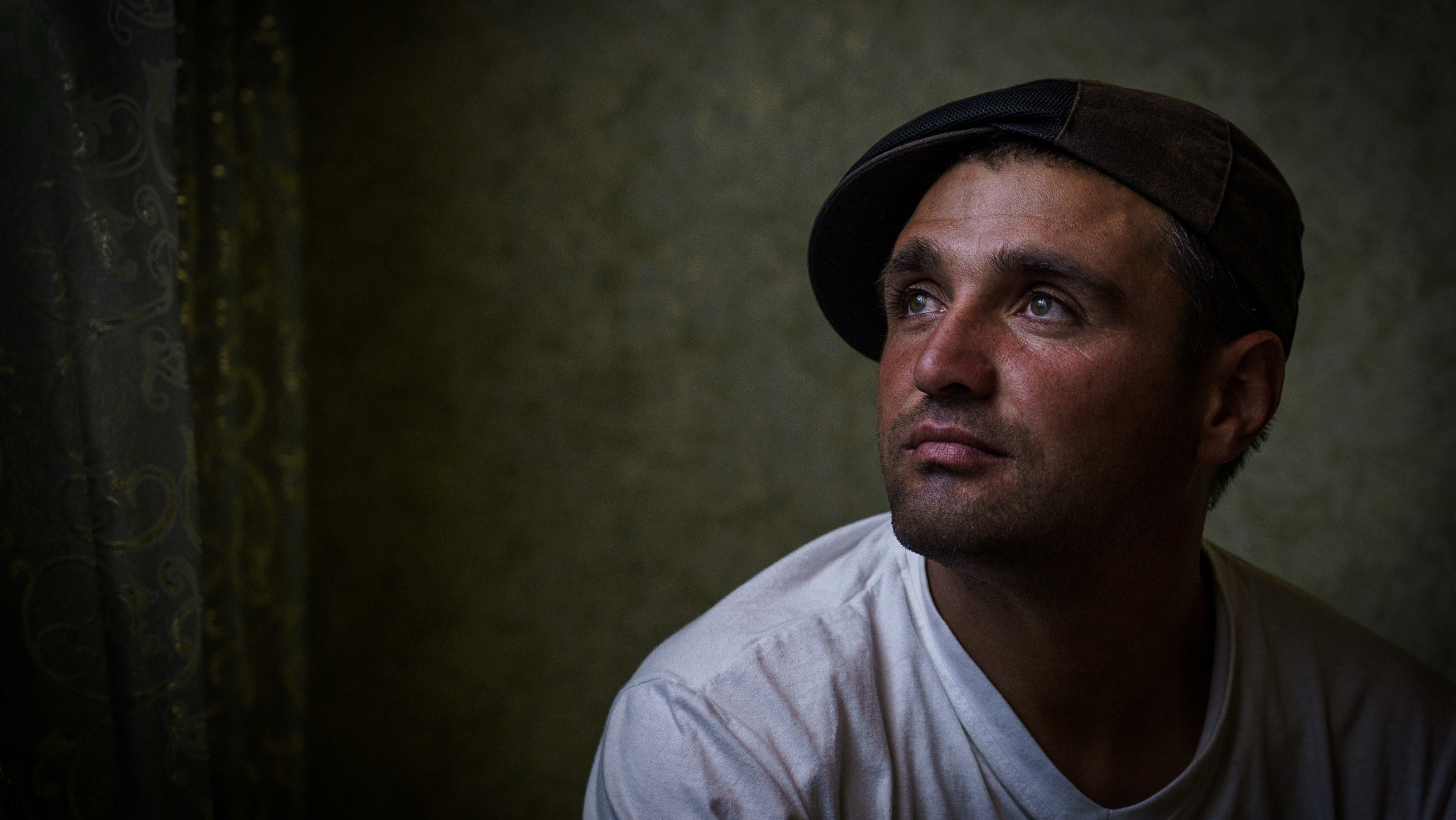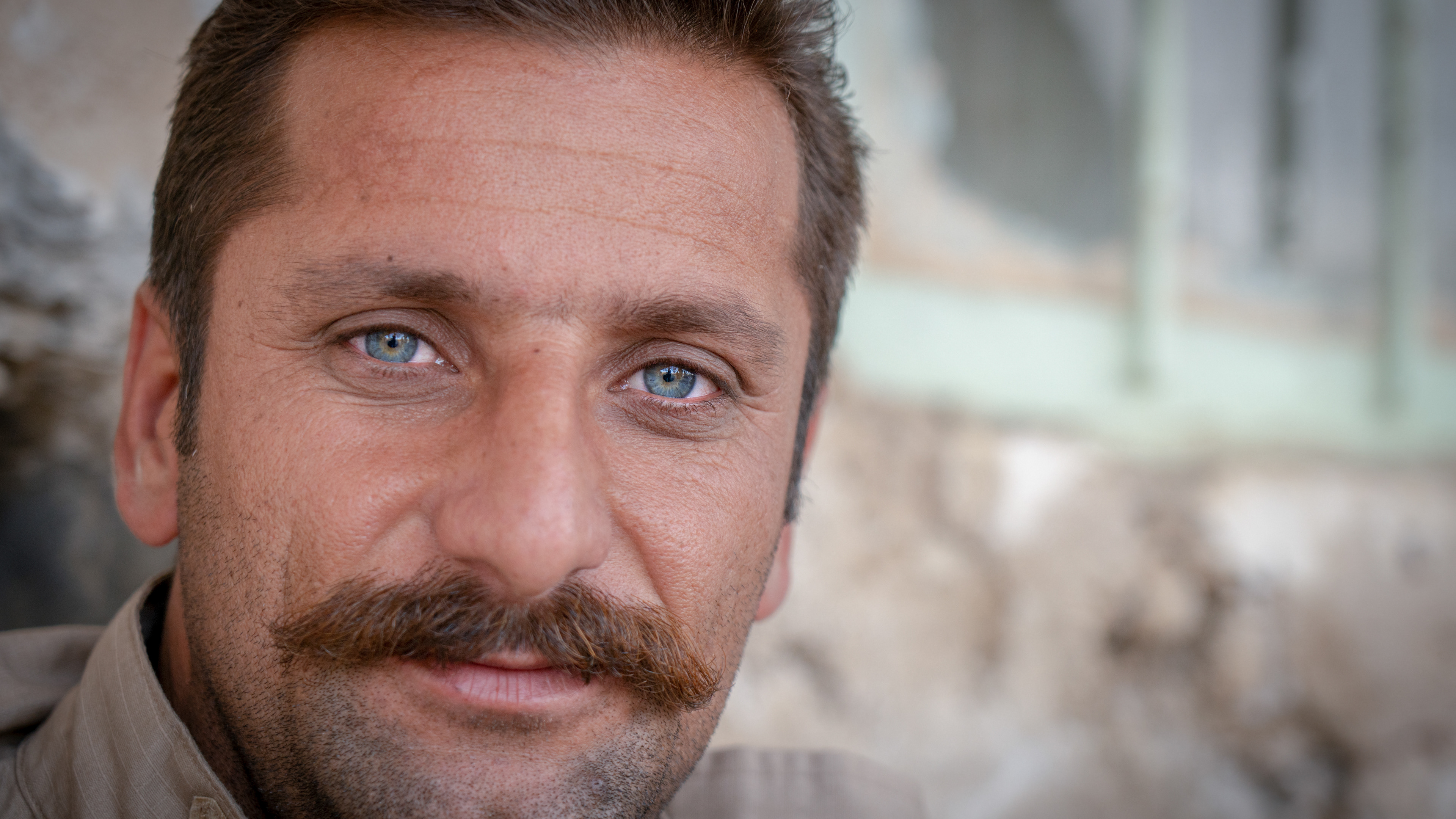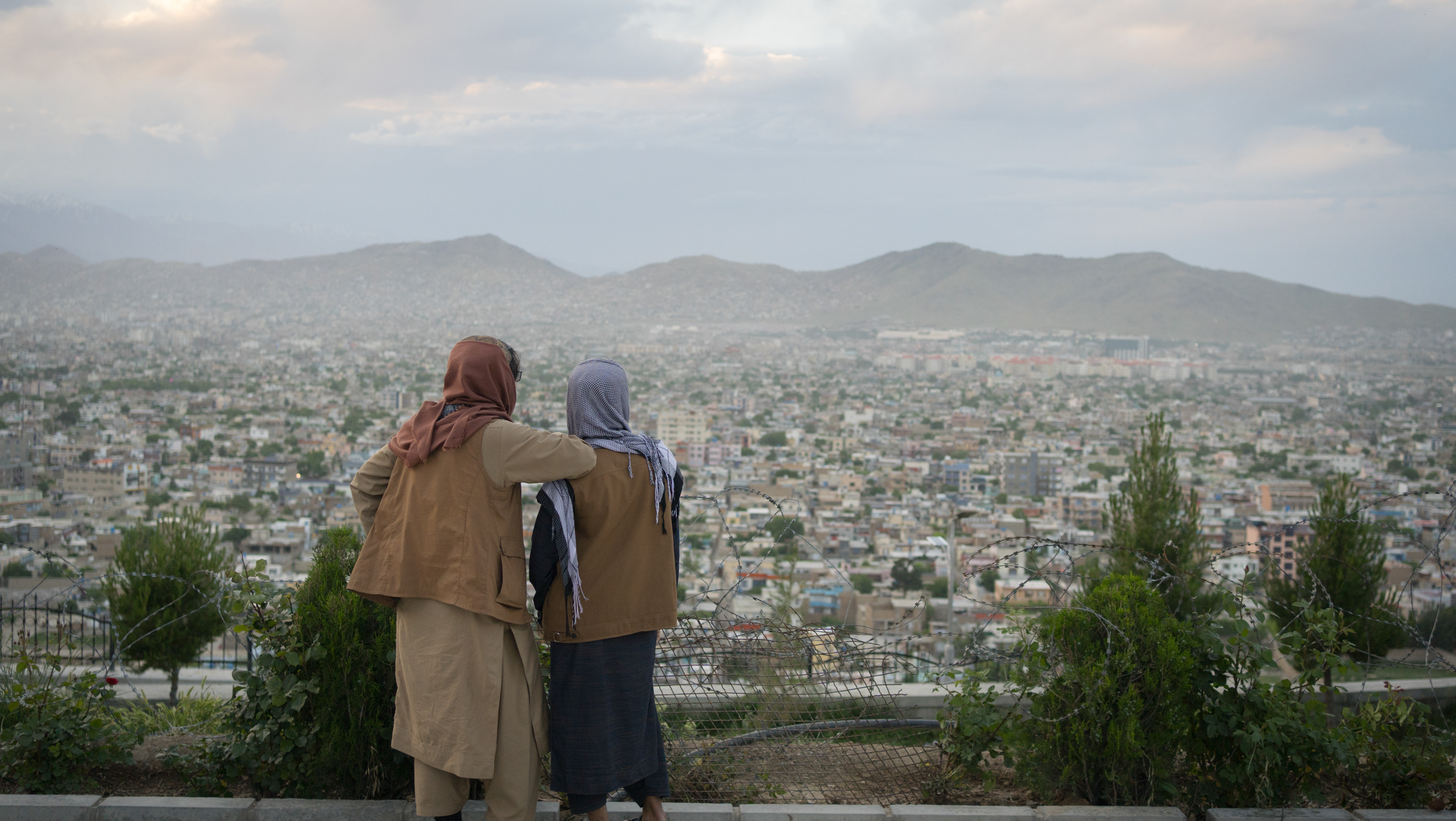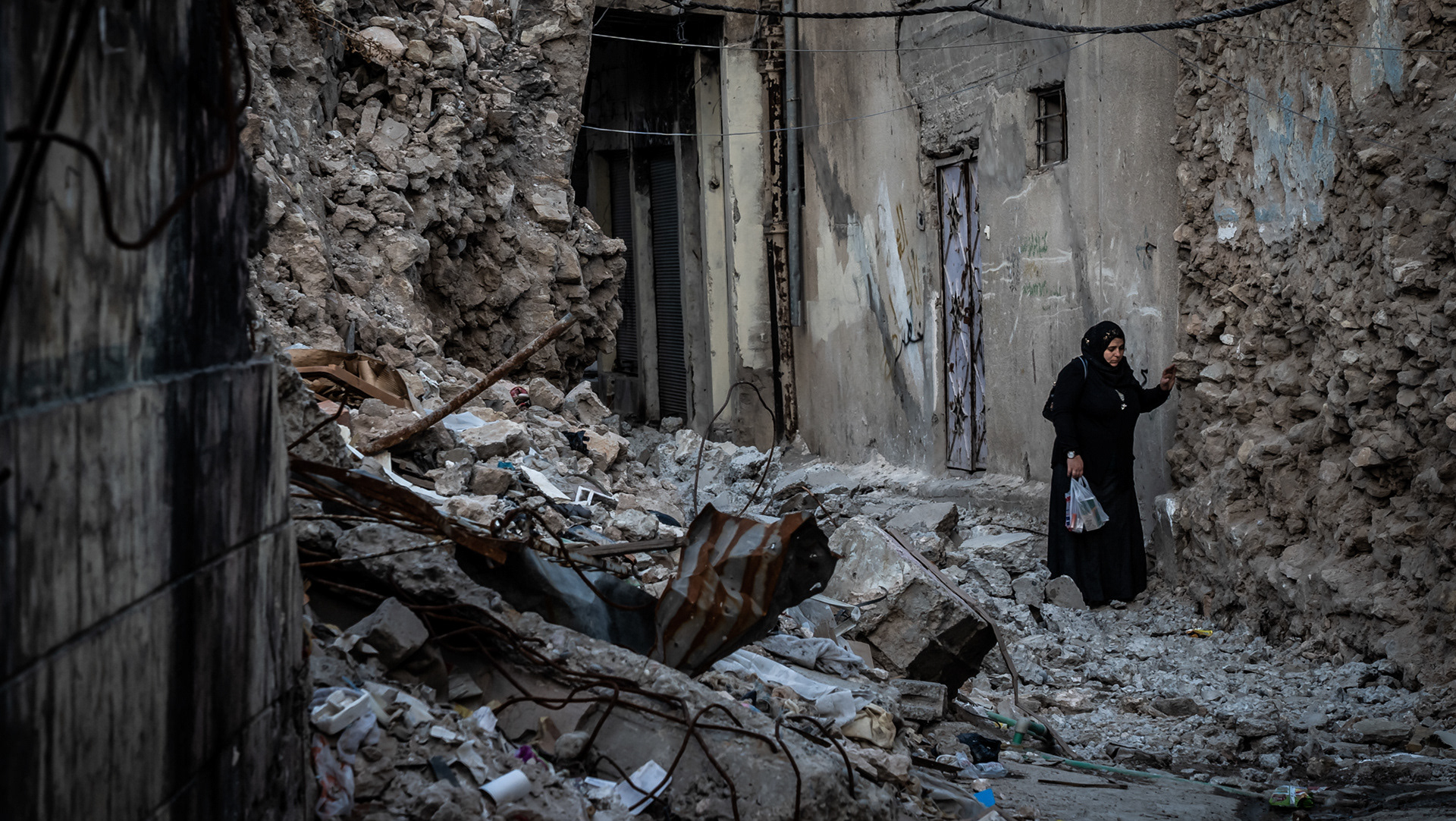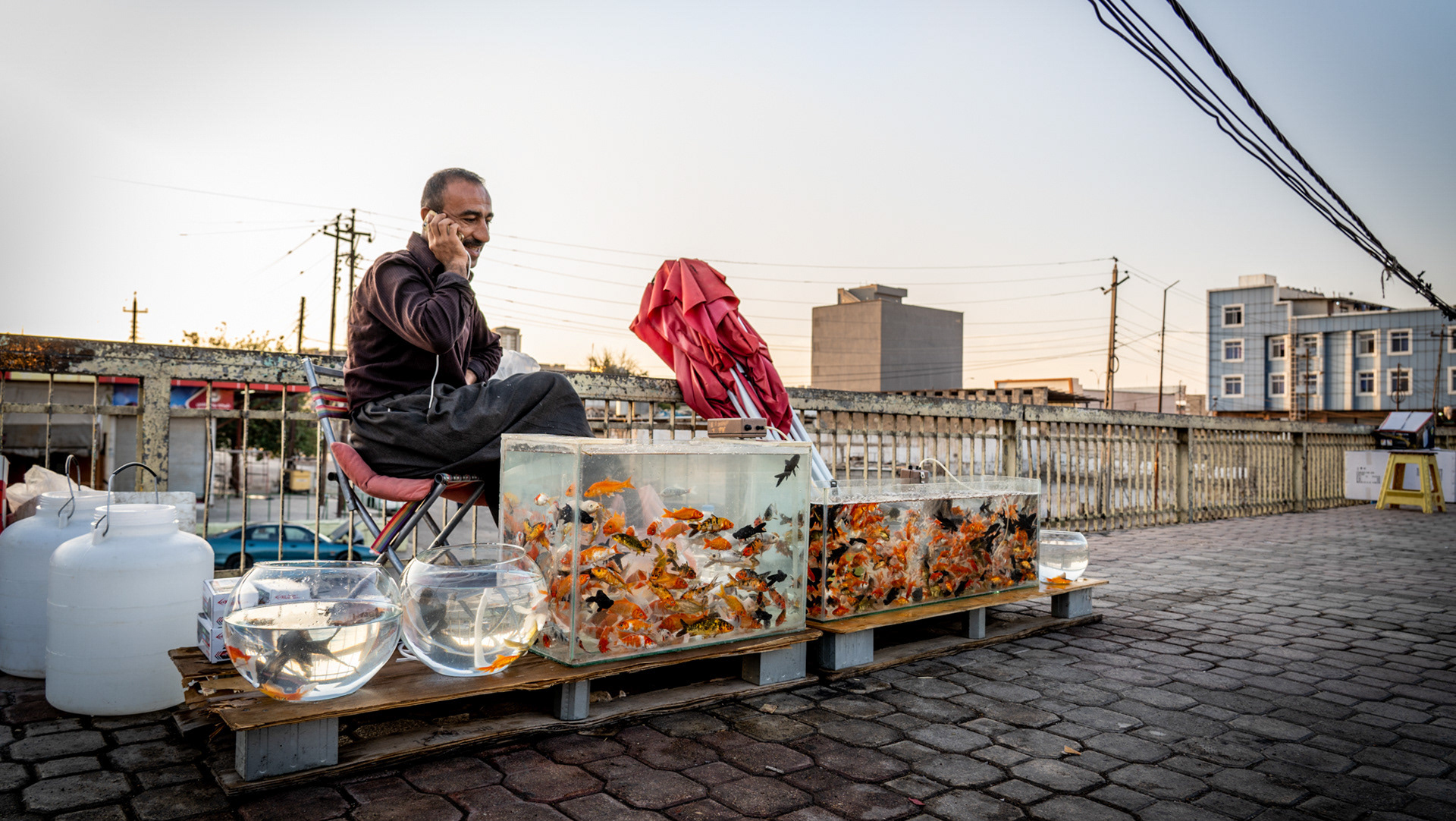I follow Khalid Barkat (23) a Yezidi who fled Iraq when he was 16 to the Netherlands. He is becoming a human rights activist and is a law student in the Netherlands. After 7 years he is going back to Iraq for the first time, to see the remaining family, speak to victims and see the situation to further his knowledge for his activism. He dreams of one day being a great human rights lawyer for his people.
Village elders in Ghobal, Sinjar
Khalid in a ferris wheel in a amusement park in Duhok, Iraqi Kurdistan
Khalid driving with his younger nephew Kamal. Kamal stayed behind in their home village of Ghobal and joined the Peshmerga (Kurdish army/resistance) in fighting off ISIS, while he was barely 18 years old.
Khalid in the house he grew up in. It was occupied and destroyed by ISIS and there still are active mines laying
Family friends come to greet Khalid on his arrival in his birth villag of Ghobal, Sinjar. They said at first they barely recognized him.
Shireen, 27, from Hardan village. Now lives in Duhok, Iraqi Kurdistan.
Shireen was in captivity for almost 3 years, held in Mosul. 'I was raped and almost beaten to death.’ During the time she was held in Mosul, she and other Yezidi captives felt so hopeless about their situation, that they lost hope to even die. Death would be a release from the terrible suffering, and for many Yezidi captives something they would hope for after years of being captured. Shireen tried to commit suicide 4 times, but says anybodywho attempted to do this was prevented by ISIS in doing so.
Music is an important form of storytelling in Yezidi culture. A lot of the songs are based on the pain and persecution the Yezidi's had to livethrough over the centuries. Some songs are not meant to dance to but to listen to. These are called 'strane shinghali', songs of Sinjar. Thereis minimal accompaniment on an instrument while somebody is singing about the pain.
Khalid's family friend Ali, who is a chauffeur. He drives him around Iraq and looks after him. Ali himself is living in the refugee camp in Khanke, Kurdistan.
Khalid's return was bittersweet. Seeing family again after such a long time was a joyful occasion,but the dire situation his people isin hurt him badly. Pictured here is Khalid and a portrait of one of his uncles; a famous military man who died in an earlier battle. Almost all of Khalid's uncles and even his younger nephew have fought against ISIS during the siege. Khalid lost an uncle and many friends during the battle.
.
Khalid at the school where he used to have classes. All the classrooms are destroyed, broken glass lies in the rooms. This is where ISIS kept people, mostlygirls, hostage
Khalid talking with Sayfi in his home village. Khalid's uncle has given her housing and takes care of Sayfi. Sayfi was in ISIS captivity for 5 years where she was held as a ''sabaya'', a sex slave. She was beaten and abused daily by the ISIS man and his wife. Almost all her family, including her husband was killed.
Khalid at Lalish, the holy temple for Yezidi's located in Iraqi Kurdistan. It is the holiest place in thereligion where Yezidi's go for pilgrimage
A spontaneous dance erupted on the road outside Lalish and soon Khalid was swept up in the crowd to dance the traditional Yezidi dance.
Khalid meeting the Baba Sheik, the highest religious leader of the Yezidi people.
Khalid at a theme park in Duhok, where he used to come with his parents whenhe was a kid as a big day out.
Khalid at the small museum in the school of Kocho. Kocho was a small village that became famous due to the massacre that ISIS commited here on 15th august 2014. IS separated the men from the women and children and took them all to the secondary school of the village. IS killed about 600 Yazidi men, some were beheaded, burned alive or shot. The bodies of the people, including some who were alive, were all thrown into mass graves. Subsequently, the Islamic State abducted more than 1,000 Yazidi children and women from the village. The under-14s were taken to Islamic State military camps where they were trained to become IS terrorists, and the Yazidi women and girls were held as slaves and sexually abused. The school is now a memorial museum that is only open on request. The village of Kochkor remains uninhabitable.
